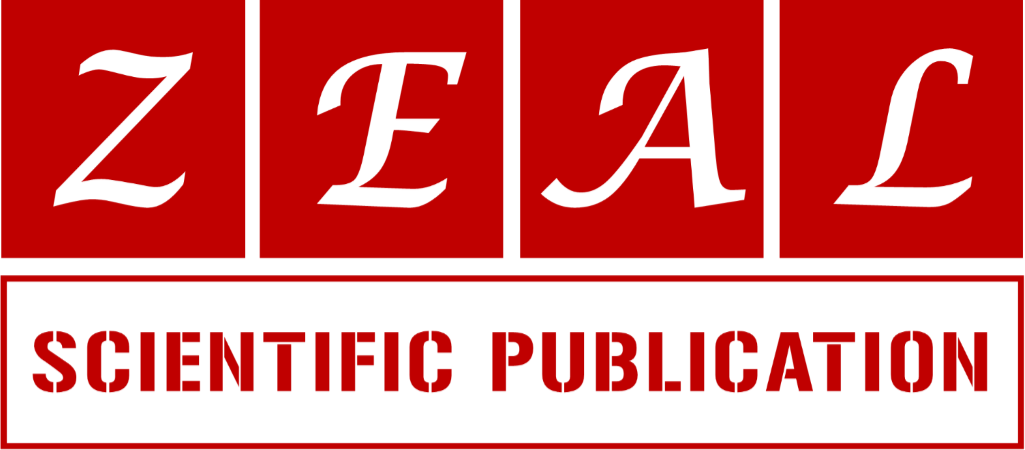Determination of chlorine in Passaic river water in New Jersey Newark area by titration method
1 Department of Chemistry Research, Best Care College of Nursing East Orange NJ, USA.
2 Department of Pharmaceutical Outcomes and Policy, University of Florida Gainesville FL, USA.
Review
World Journal of Chemical and Pharmaceutical Sciences, 2024, 04(01), 001–006.
Article DOI: 10.53346/wjcps.2024.4.1.0022
Publication history:
Received on 08 December 2023; revised on 28 January 2024; accepted on 31 January 2024
Abstract:
Much of the lower river suffered severe pollution during the 19th and 20th centuries because of industrial waste discharges and improper waste disposal practices on adjacent land. All drinking water, both tap and bottled, includes surface sources such as rivers, stream lakes, and reservoirs, and ground water source (wells) may be containing small amounts of some contaminants.
New Jersey’s Passaic River has been a heavily polluted industrial waterway, for more than a country.
In this study, chlorine analysis has been done by EPA Titration method.
In Passaic River above Newark, New Jersey, the chlorine result has been found to be 7.00 mg/mL (ppm). In wastewater the chlorine discharge limit range is between 3 mg/L and 200 mg/L, depending on the season, and the industrial area.
Keywords:
Chlorine Determination; Passaic River; Titration Method; New Jersey Newark Area
Full text article in PDF:
Copyright information:
Copyright © 2024 Author(s) retain the copyright of this article. This article is published under the terms of the Creative Commons Attribution Liscense 4.0
